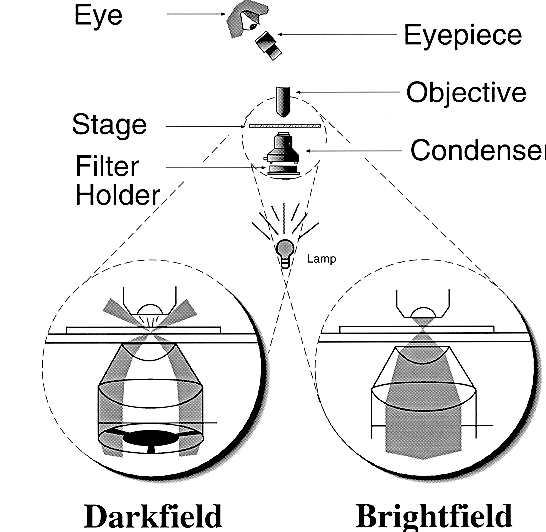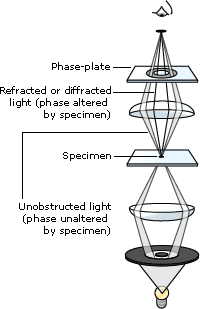Correction. It starts at 40x. But at 400x I can clearly see a mushroom spore and protozoa. So I'd imagine hyphea and bennies should be easy to spot. I'll brew some tea tomorrow, scope and take pics.
Squig do I need to use a dye to see the LB? And around what magnification should they be visible?
Ps I love this thread and don't want to run off topic with microscope talk. Maybe I'll start one for scoping teas.
You would probably start to see them around 40x (realllly fuckin' tiny though). 100x they'd still be pretty small.
400+ is where you wanna be for viewing these guys. You don't necessarily need a dye to see them, there are several options here:
1. What's really holding you back probably is that they are moving around too quickly through the "layers" and its incredibly difficult for you to focus on one. Try "fixing" some bacteria to a slide using the following procedure:
Place a single drop of clean water on a slide. Take a flame sterilized inoculation loop and retrieve some cells to be studied. Create a smear with the retrieved cells in the single drop of water on the slide.
Using a clothespin or something similar hold on to the slide and pass it over a flame (be quick with it, but don't be a vagina--there is a finesse required here, practice makes perfect--too hot and you kill everything, too cold and you get no fixation.
when you have evaporated at least half the original volume of water you will likely have fixed some bacteria--but you can dry beyond the halfway point if you so choose.
If you were going to use a dye or counter-stain, now would be the time to do it. I could walk you through a Gram-staining procedure if you wanted to get that serious about it.
From here place a cover slip and get it under the scope.
2. There are microscope accessories/attachments that can make seeing bio-life much easier. The most effective for my sensibilities is known as darkfield microscopy.
This uses scattered light instead of direct illumination to view a sample. Only light scattered by the sample enters the objective lens (depicted by the black lines in the picture).
3. The third and final option I'll mention is phase contrast microscopy. It uses a similar method as above, and is well suited to seeing fairly translucent specimens--which bacteria typically are.
Ultimately when viewing bacteria you will do better with a stain, they are really really tiny guys. You want to be at 400x+ to see them well. As a guide, a 200x lens with a 10x eyepiece would make
E. coli appear about 1mm long, still pretty tiny for our purposes.







